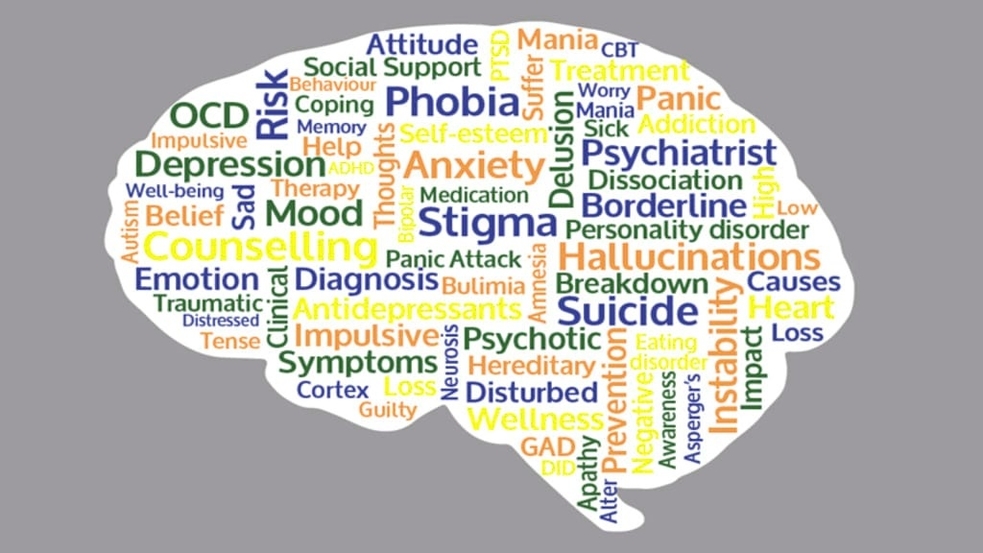Mental health disorders, also known as mental illnesses or psychological disorders, are characterized by significant disturbances in thinking, emotional regulation, or behavior. These disorders can cause distress and have negative effects on personal, social, or work life. Here are some common mental health disorders:
1. Generalized Anxiety Disorder (GAD): This disorder is characterized by chronic worry and anxiety. In 2019, 301 million people were living with an anxiety disorder.
2. Major Depressive Disorder (MDD): MDD is characterized by a persistent feeling of sadness or a lack of interest in outside stimuli. In 2019, 280 million people were living with depression.
3. Bipolar Disorder: This disorder is characterized by alternating periods of depression and mania.
4. Obsessive-Compulsive Disorder (OCD): OCD is characterized by unwanted thoughts and behaviors.
5. Anorexia Nervosa: This eating disorder is characterized by self-starvation and an intense fear of gaining weight.
6. Post-Traumatic Stress Disorder (PTSD): PTSD is a trauma-induced disorder characterized by distress and avoidance.
7. Schizophrenia: This disorder is characterized by hallucinations and delusions.
The rise of mental health disorders has been significant. In 2019, 1 in every 8 people, or 970 million people around the world were living with a mental disorder, with anxiety and depressive disorders being the most common. In 2020, the number of people living with anxiety and depressive disorders rose significantly because of the COVID-19 pandemic.
While effective prevention and treatment options exist, most people with mental disorders do not have access to effective care. Many people also experience stigma, discrimination, and violations of human rights. It’s important to remember that only an experienced mental health professional can make a diagnosis. Most mental health conditions are treatable, often through talk therapy (psychotherapy), medication, or both.
In conclusion, mental health disorders are a significant global issue that requires understanding, compassion, and effective treatment strategies. The impact of these disorders is not just on the individuals suffering from them, but also on their families, communities, and society at large. Therefore, it’s crucial to promote mental health awareness and ensure access to mental health care for all.



